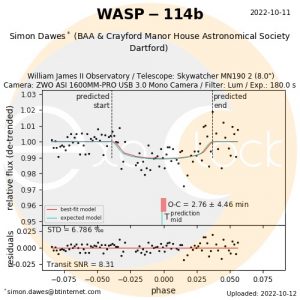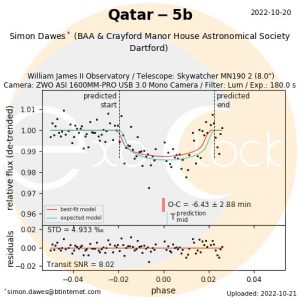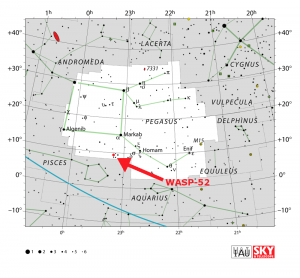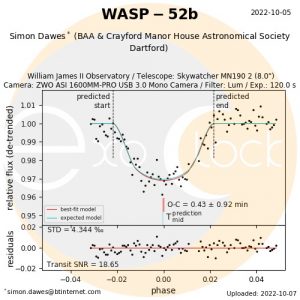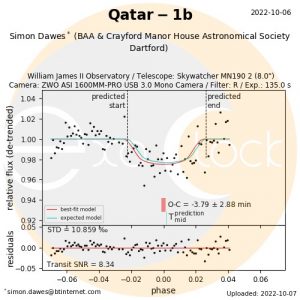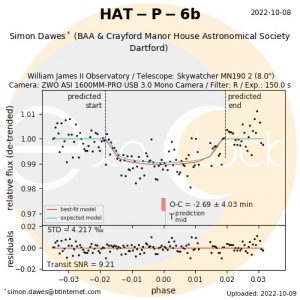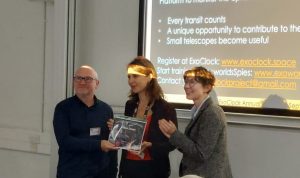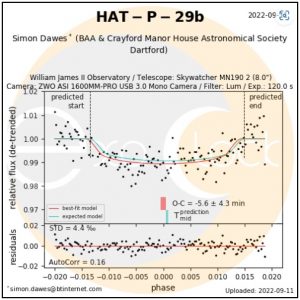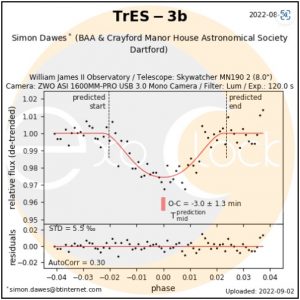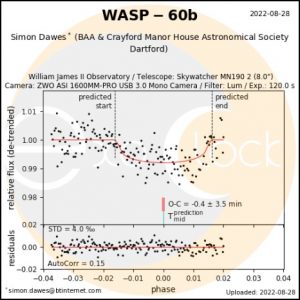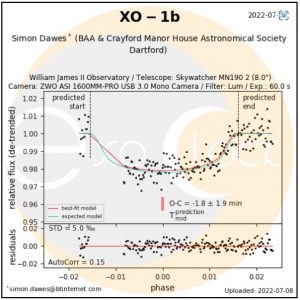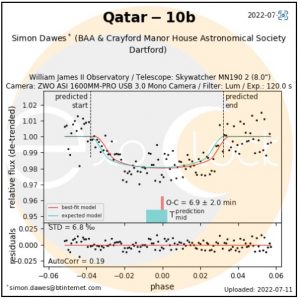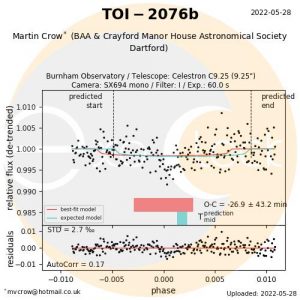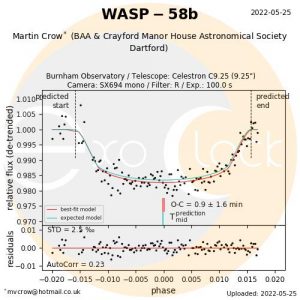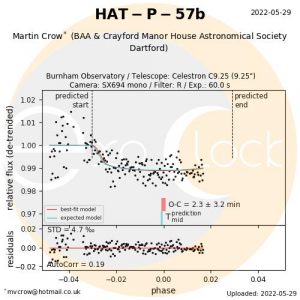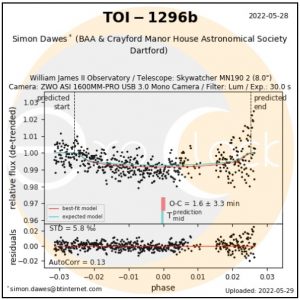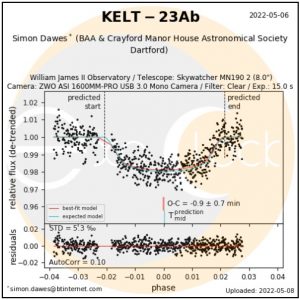The videos from the British Astronomical Association (BAA) Exoplanet Division Online Workshop held on Saturday 12th November are now available to watch on the BAA YouTube Channel.
The below talk titles are links to watch the videos.
Two videos are by CMHASD members Rodney Buckland and Martin Crow.
Exoplanet Division update
EXPLORE introduction
Ariel and ExoClock with Anastasia Kokori
Mission and observational efficiency
ExoClock – a model of pro-am collaboration
EXPLORE Part 1 – Detecting exoplanets with Rodney Buckland
Observation
Modelling
Searching databases
Zooniverse
How to discover an exoplanet (telescope and camera not required) with Roger Dymock
EXPLORE Part 2 with Martin Crow
Introduction to HOPS
Synchronous observations to detect shallow transits
Data mining transit observations for variable star photometry
An alternative to HOPS
Observing with robotic telescopes by Rodney Buckland
EXPLORE NEEDS EXPLORERS with Roger Dymock
Rodney's Video
Martin's Video

